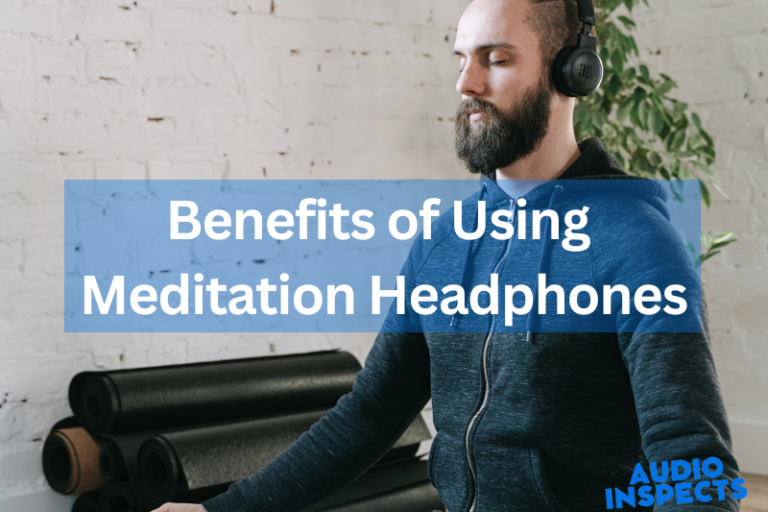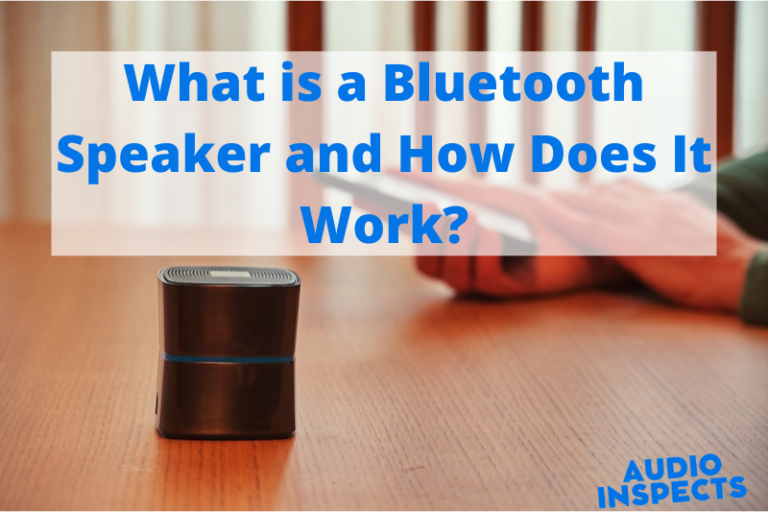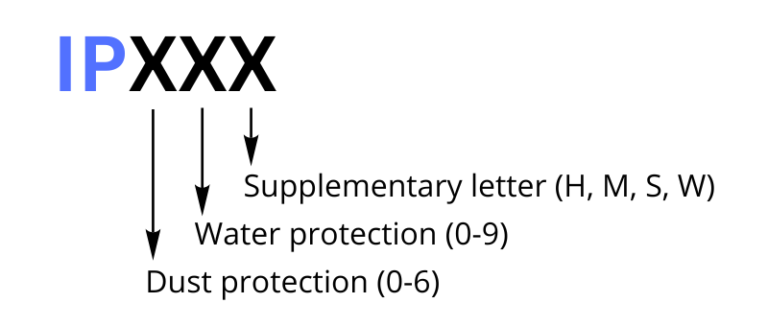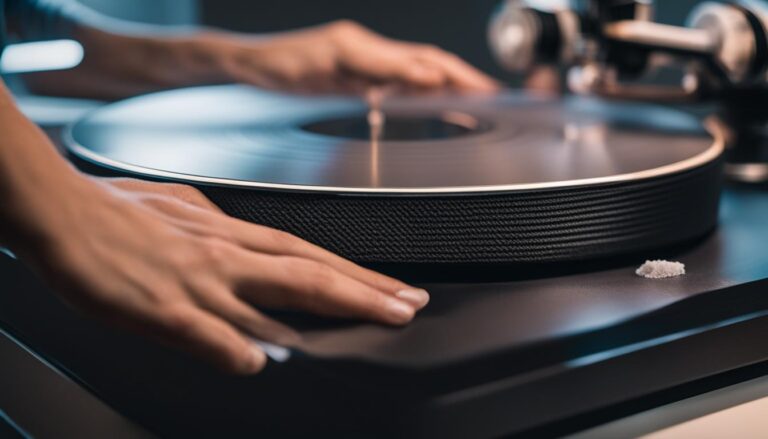IP Ratings Explained – What Are They, What’s The Difference, And What Do They Mean?
Ingress Protection ratings (IP ratings) are used to describe how resistant a product is to ingress damage. The U.S. military uses these ratings to protect soldiers from harm when using their gear in battle.
So why would you care about these ratings? Well, if your headphones or other audio equipment becomes damaged by a water spill, dust cloud, or other physical elements, it could affect your ability to work with it.
If you’re like me, you probably don’t want that to happen. It’s also important to note that a water spill can’t always be avoided. This is why you’ll see these ratings on products you buy.
In this blog post, we will cover the term “Ingress Protection” (IP), how to calculate IP ratings, what to look for, and what the difference is between the various IP ratings.
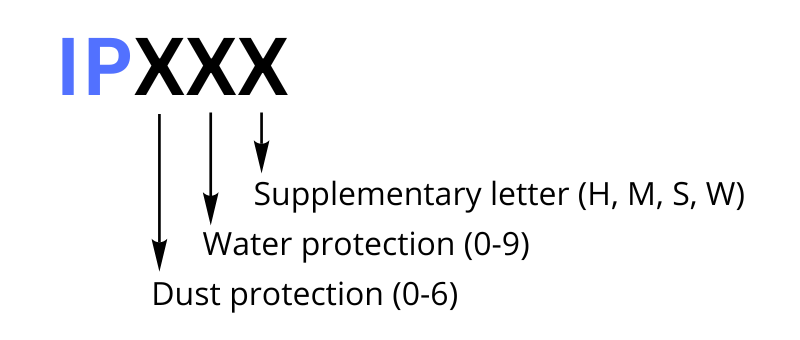
Is it Dustproof? (IP) – The First Letter
The first number of IP ratings means how the device is protected against the ingress of dust, sand, and solid structures.
|
Rating |
Object size |
Protect against |
|
IP0X |
0 |
No protection against contact and ingress of objects |
|
IP1X |
>50mm |
Any large surface of the body, such as the back of a hand, but no protection against deliberate contact with a body part |
|
IP2X |
>12.5mm |
Fingers or similar objects |
|
IP3X |
>2.5mm |
Tools, thick wires, etc. |
|
IP4X |
>1mm |
Most wires, screws, etc. but not sand |
|
IP5X |
Dust protected |
Withstands the ingression of sand and dust; complete protection against contact. |
|
IP6X |
Dust-tight |
Completely sealed and dustproof; complete protection against contact. |
Is it Waterproof? – The Second Letter
The second number of the IPX Rating means how the device is protected against the ingress of water and immersion.
|
Rating |
Level |
Effective against |
|
IPX0 |
Not protected |
No water/moisture protection |
|
IPX1 |
Dripping water |
Dripping water (vertically falling drops) shall have no unsafe effect. Water equivalent to 1 mm (0.039 in) rainfall per minute. |
|
IPX2 |
Dripping water when tilted at 15° |
Vertically dripping water shall have no harmful effect when the enclosure is tilted at an angle of 15° from its normal position. Water equivalent to 3 mm (0.12 in) rainfall per minute. |
|
IPX3 |
Spraying water |
Water falling as a spray at any angle up to 60° from the vertical shall have no harmful effect. Water volume: 10 liters per minute. |
|
IPX4 |
Splashing of water |
Water splashing against the enclosure from any direction shall have no harmful effect. |
|
IPX5 |
Water jets |
Water projected by a nozzle against the enclosure from any direction shall have no harmful effects. Water volume: 12.5 liters per minute. |
|
IPX6 |
Powerful water jets |
Water projected in powerful jets against the enclosure from any direction shall have no harmful effects. Water volume: 100 liters per minute. |
|
IPX7 |
Immersion, up to 1 meter (3 ft 3 in) depth |
Waterproof against immersion limited by time and pressure (30min, 1m in depth) |
|
IPX8 |
Immersion, 1 meter (3 ft 3 in) or more depth |
The equipment is suitable for continuous immersion in water under conditions that shall be specified by the manufacturer. Depth specified by the manufacturer, generally up to 3 meters (9.8 ft) |
|
IPX9 |
Powerful high-temperature water jets |
Completely water-sealed even at high pressure and temperature |
IP Rating Chart (Downloadable PDF)
I designed the following chart to guide you through the process of selecting the right IP ratings.
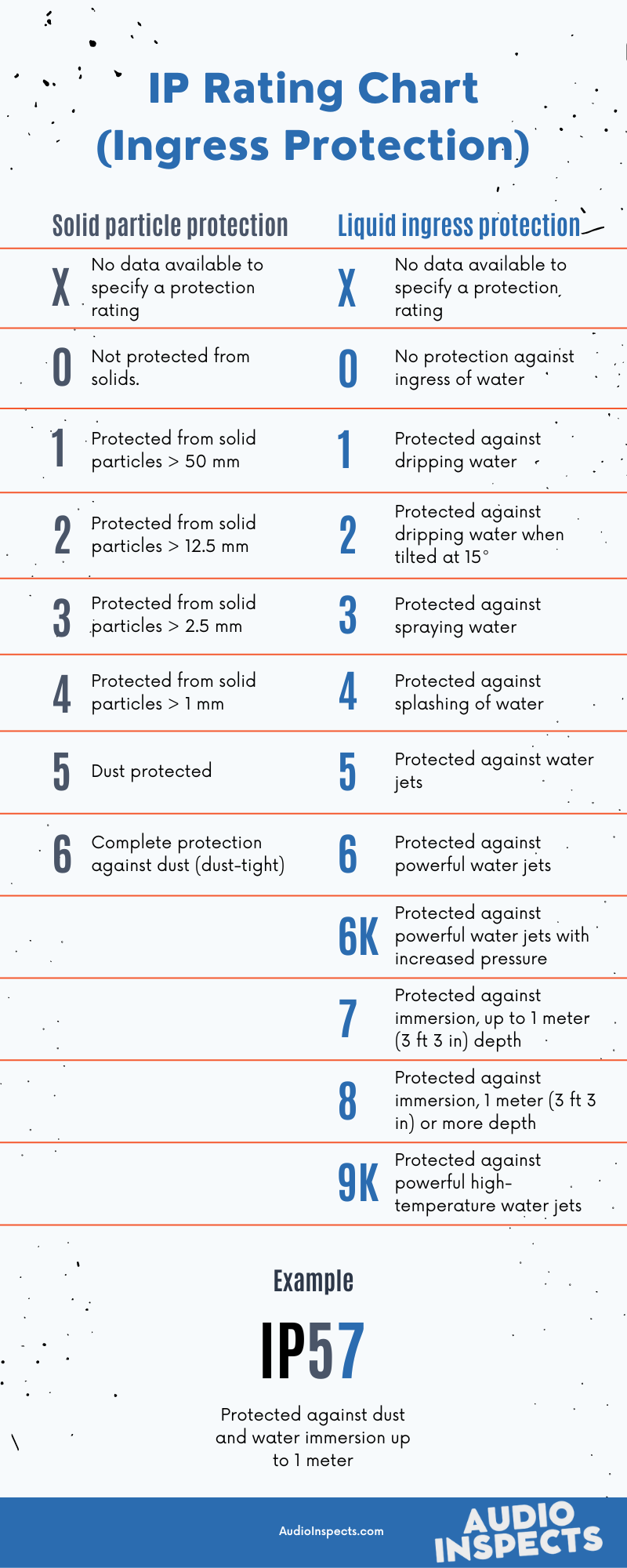
Download in PDF format
Share this Infographic with the code below
<p><a href='https://audioinspects.com/ip-ratings-explained/'><img src='https://audioinspects.com/wp-content/uploads/2022/11/ip-ratings-chart.png' alt='IP Ratings Chart' width='800px' /></a></p>The Most Common IP Codes on Headphones and Bluetooth Speakers
IP44 – It means that the product is protected against small solid particles larger than 1mm, but not sand, and that it is also protected against splashing water from any direction. The IP code does not mean that the product is waterproof.
IP55 – It means that the product is protected against dust. However, it is not fully dustproof but enough to protect against malfunction. It is also protected against water jets from any direction.
IP67 – Complete protection against dust, so it is dustproof. And it is also waterproof up to 1 meter (3 ft 3 in) of submersion for 30min.
IPX4 – No data about protection against solid particles but it is protected against splashing water from any direction.
IPX5 – No data about the protection of solid particles but it is protected from jet water from any direction.
IPX6 – No data on the protection against solid particles, however, it is protected from powerful water jets.
IPX7 – No data about the ingress of solid particles, but it is waterproof when immersed up to 1 meter (3 ft 3 in) of submersion for 30min.
IPX8 – No solid particle protection data is available, but it is waterproof up to 3 meters (9 ft 9 in) for 30min.
IPX9K – Maybe it is not protected against solid particles but is fully protected against powerful high-temperature water jets.
Why are Ingress Protection Ratings Important?
An IP rating is a measurement of how much water and dust can penetrate the enclosure. It’s a rating for headphones, Bluetooth speakers, and other audio devices. Ingress protection ratings are important because they give us an idea of how much water is likely to seep through the walls of a device enclosure.
How do Ingress Protection Ratings Affect How Well Your Headphones Are Rated?
Ingress protection ratings are a key factor in the effectiveness of your headphones. A lot of people don’t think much about what makes headphones protected against ingress. Some of the most common things to protect against are noise-canceling headphones getting wet, dirty, or dusty and the possibility of being dropped.
But even something like that could potentially damage the circuitry inside the headphones and cause them to fail, especially if they’re a high-end pair. Even the slightest amount of moisture can destroy your headphones.
To prevent this from happening, manufacturers have devised ways to protect headphones in the most extreme environments. They’ve put in waterproofing, dustproofing, and EIS (Electro-Infective Shielding).
FAQs
What is the best waterproof rating?
If you’re planning to use them in water activities, you would want to look for good quality waterproof headphones. The best waterproof rating for these headphones is IPX7.
Is the IP68 rating safe for swimming?
Yes, the IP68 rating is safe for swimming. This means that the device has been tested against both water and dust ingress and that it has been deemed to be suitable for immersion in water for up to 30 minutes at a depth of 1 meter.
Can you swim and shower with IPX7?
The IPX7 rating means that it can withstand immersion, up to 1 meter (3 ft 3 in) depth, but only for 30min. So, it does not mean that it is waterproof. Therefore, I don’t suggest using this device for swimming longer than half an hour, but you can take a shower with it.
Sweatproof vs waterproof
Sweatproof means that you can wear your device without fear of it getting wet or wetting the surrounding area. However, it doesn’t mean that the device is completely waterproof. These are devices with an IPX4+ rating.
Waterproof devices are completely watertight and can be used in wet areas like pools or bathrooms. These audio devices have an IPX7+ rating but ideally IPX8 at minimum.
Conclusion
In conclusion, the ratings reflect the level of protection offered by any outdoor audio equipment against penetration by water and solid particles. The higher the rating, the more resistant the panel is to these substances.
References
1. IEC 60529, “Degrees of Protection Provided by Enclosures (IP Codes),” Ed. 2.1 (Geneva: International Electrotechnical Commission, 2011)
2. Wikipedia
Our Mission: At AudioInspects, we are dedicated to providing the most comprehensive and authentic reviews of audio equipment on the market. We conduct independent testing and research of products, so you can make an informed decision before making a purchase. Our mission is to help you find the best audio equipment to improve your listening experience. So trust us to deliver the most reliable recommendations and advice.
Disclosure: When you do decide to make a purchase through our links, please note that we may earn a commission, but this does not affect the honesty of our reviews. You can read our affiliate disclosure in our Disclosure.


